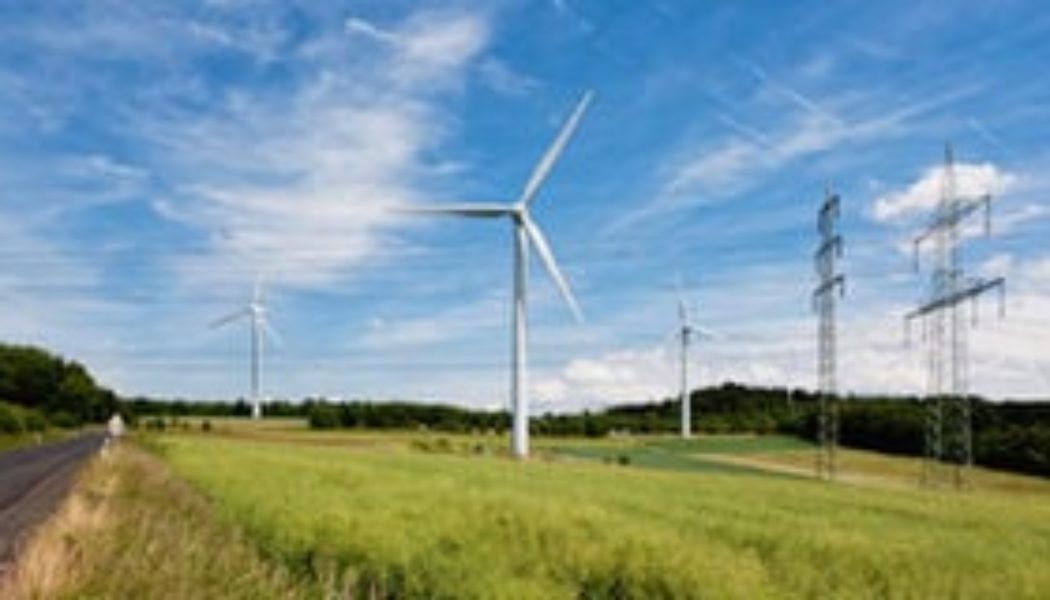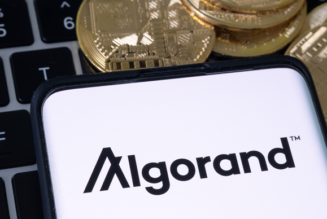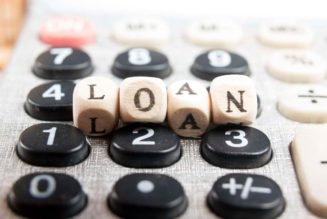By Dietmar Siersdorfer
As Africa’s population heads towards the 2.5 billion mark by 2050, the 54-country region faces an epic challenge in achieving combined economic growth, energy stability and decarbonisation to address the disproportionate global inequality and climate change burdens it faces. Finding multi-pronged solutions isn’t only critical for the future well-being of every African, it is critical for the success of the global decarbonisation effort at large.
Considering the enormous importance of African minerals and energy resources for the sustainable future of the world, it remains a shame that more than 600 million Africans – or 43% of the continent’s population, primarily in sub-Saharan Africa – are still without access to electricity that on the personal level improves quality of life and on the macro level drives economic growth. Incredibly, Africa is home to about a fifth of global reserves of the metals needed for battery-powered electric vehicles (EVs) and other low-carbon infrastructure.
Energy Investment in Africa: Opportunities and Challenges
Consider this: While being home to a fifth of the world’s people, the African continent contributes the smallest share of global greenhouse gas emissions, at just 3.8% compared to 23% from China, 19% from the US and 13% from the European Union. Globally, the industrial sector accounts for 30% of emissions and 38% of energy consumption, from verticals such as data centres, cement and construction, and food and beverage production. Even with powerhouse economies like Nigeria and South Africa in the mix, its emissions are a 10th of the global industrial sector.
And yet, Africa suffers disproportionately from climate change, with estimated losses only in financial terms totalling an estimated USD 7-15 billion annually, a figure that is expected to rise to USD 50 billion by 2030 if nothing is done to stop it. Of course, real lives are affected too. Climate shocks have also led to the displacement of an estimated 7.4 million people since 2022, according to the International Organization for Migration.
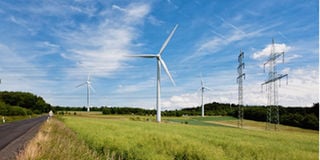
Africa’s energy future lies in a sustainable transition that prioritises local talent development, technology transfer, and ownership.
Photo credit: Pool
To address the energy paradoxes Africa faces, the African Development Bank Group (ADBG) believes it will have to overcome a USD 213 billion climate finance gap while facilitating inclusive energy growth to meet its global climate goals.
To provide modern energy access to all Africans by 2030 and implement the continent’s Nationally Determined Contributions (NDCs), energy investment on the continent must double to reach about USD 2.8 trillion or USD 250 billion each year between 2020 and 2030, according to the Climate Policy Initiative.
However, the high cost of capital in Africa – which can be up to 7-10% higher than in developed markets due to perceived investment risks drastically increases the financial burden for energy projects. Lowering financing costs is key to unlocking a wealth of clean energy investment and transforming the continent’s energy landscape and future.
While Africa accounts for about 17% of the global population and has near unlimited renewable energy potential, it receives only 2% of global foreign direct investment (FDI) flows for renewable energy projects. This investment dilemma has dire consequences for the mega energy projects Africa needs.
Understanding Africa’s Energy Potential
Africa’s renewable energy potential is unmatched. To put it more clearly, the ADBG estimates that Africa has an almost unlimited potential for solar capacity (10 TW), abundant hydro (350 GW), wind (110 GW), and geothermal energy sources (15 GW). Africa’s unique geographic advantages also make it ideal for large green hydrogen projects, which could satisfy up to 25% of the world’s energy demand by 2050, according to estimates from the World Bank.
But while the continent receives 40% of the world’s solar radiation, it still sits on less than 1% of installed solar capacity, according to the IEA. Africa’s wind power capacity also stands at just 0.01% of its full potential. If this potential can be harnessed effectively, current resources could generate 22 million jobs by 2050 across the energy sector. This enormous volume of jobs could be a major driver of economic growth.
The unfortunate current underinvestment in all this potential, however, emphasises the need for stronger financial commitments from well-funded international investors. Africa needs investors who see the continent not just as a market but also as a key partner in the time-sensitive and mission-critical global decarbonisation quest. African governments have an opportunity to create a favourable investment climate that will pay future dividends both in terms of economic return, industrial growth and jobs. One obvious place to start is to address the concerns of the Financial Action Task Force (FATF) which in June had 12 African countries, including major economies and energy producers such as Kenya, Nigeria, Namibia and South Africa, on its greylist. Investors look at such factors when deciding where to invest.
Building a Sustainable and Inclusive Energy Future for Africa
Africa’s energy future lies in a sustainable transition that prioritises local talent development, technology transfer, and ownership. Talent development is crucial for ensuring that Africa reaps the economic benefits of the energy transition. Today, Africa represents just 1% of the global renewable energy workforce, highlighting the urgent need for investment in local skills and education. Siemens Energy projects that by 2030, the continent could increase this share to 10%, creating millions of jobs in clean energy technologies like solar PV and wind power, if a few favourable forces come together.
African countries have the potential to tap foreign investment from emerging regions like the Gulf Cooperation Council (GCC), that invested USD 53 billion in 2023 during the COP28 conference alone. Currently, the continent imports 75% of its renewable energy equipment, primarily due to a lack of local manufacturing capacity, which drives up costs. By 2040, Africa could have the capacity to locally manufacture 60% of its renewable energy infrastructure, significantly reducing costs and increasing local ownership of energy resources.
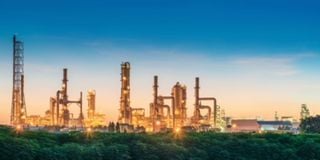
Unlocking Africa’s vast renewable energy potential requires a combination of local inclusion, affordable capital, and long-term policy frameworks.
Photo credit: Pool
Unlocking Africa’s Potential
Unlocking Africa’s vast renewable energy potential requires a combination of local inclusion, affordable capital, and long-term policy frameworks. Accelerating Africa’s development requires greater capital inflows that prioritise sustainability and drive localisation.
To attract more affordable capital, however, African nations need to improve risk-sharing mechanisms. We are already seeing the benefits of this. Blended finance, combining concessional public finance with private capital, has already mobilised over USD 30 billion in clean energy investments between 2016 and 2023, but more is needed.
We have a short five-year window left to ensure that foreign investments are strategically deployed in ways that accelerate local infrastructure, capacity building, energy security and wide economic benefits for all Africans, not just a handful of beneficiaries, by 2030. The potential human, financial and climate benefits are too enormous to ignore.
Dietmar Siersdorfer is the Managing Director of Siemens Energy Middle East and Africa.
